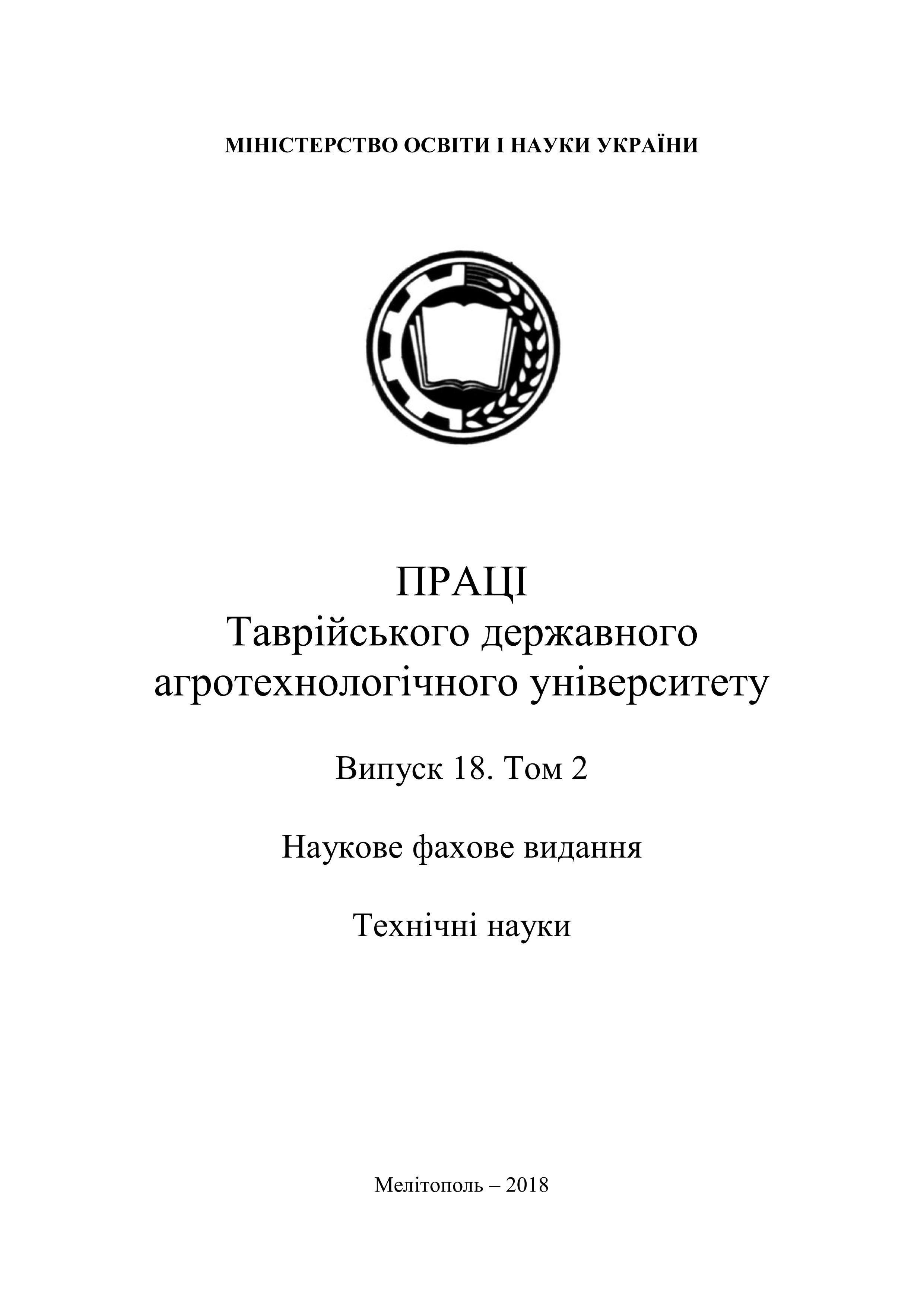ПОРІВНЯННЯ ТРАДИЦІЙНИХ СИСТЕМ ОПАЛЕННЯ З ЛОКАЛЬНИМ ІНФРАЧЕРВОНИМ ОПАЛЕННЯМ В СИСТЕМІ ЛОКАЛЬНОГО ОБІГРІВУ СПОРУД НА СВИНАРСЬКИХ ФЕРМАХ
Анотація
Анотація – низька ефективність використання енергетичних ресурсів особливо в електротехнологічних комплексах по забезпеченню мікроклімату в спорудах АПК обумовлює пошук шляхів удосконалення існуючих і розробку нових прогресивних електротехнологій та засобів реалізації. Одним із варіантів рішення цієї проблеми є застосування інфрачервоних випромінювачів. У статті проведено порівняльний аналіз традиційних систем опалення з локальним інфрачервоним опаленням в системі локального обігріву споруд на свинарських фермах. Встановлено, що система ІЧ опалення має низку переваг порівняно з традиційними системами: температура повітря нижче за рахунок ефекту обігріву лише поверхонь ІЧ променями, а не об’єму повітря, при якому кількість витраченої енергії менше, ніж при обігріві всього об’єму приміщення; зменшується рух повітря і пилу, що утворяться при різних технологічних процесах, за рахунок чого поліпшуються умови комфортності в спорудах АПК; теплова енергія направляється безпосередньо в технологічно–активну зону, в якій знаходяться біологічні об’єкти, тому поверхнями з найвищою температурою є підлога й технологічне устаткування; система ІЧ опалення вимагає меншого часу для приведення її в робочий режим, за рахунок цього експлуатаційні витрати нижче, ніж для традиційної опалювальної системи; відпадає необхідність будівництва котелень і прокладання тепломереж; відсутність постійного обслуговуючого персоналу; мінімальні втрати тепла; виключається замерзання опалювальної системи (відсутність води). Доведено, що за всіма показниками системи інфрачервоного опалення є найбільш перспективним способом рішення проблеми ефективного обігріву сільськогосподарських підприємств. Але для вирішення даної проблеми необхідно провести дослідження з метою розробки математичної моделі, яка дозволить узгодити параметри інфрачервоного нагрівача з відповідними параметрами біологічного об’єкта, в залежності від способу утримання, породи, віку та факторів навколишнього середовища.
Посилання
2. Болтянская Н. І. Щодо оцінки потенційної можливості застосування ресурсозберігаючих технологій на підприємствах молочного скотарства / Н. І. Болтянська, О. В. Болтянський // Науковий вісник ТДАТУ: Електронне наукове фахове видання. – Мелітополь, 2016. – Вип. 6, т. 1. – С. 50–55.
3. Дубровин В.O. Обоснование параметров биотехнологического процесса компостирования подстилочного гноя и оборудование для его реализации / В. O. Дубровин // MOTROL. Сommission of motorszation and energetycs in agriculture. – 2010. – Vol.12. – P.27–34.
4. Болтянская Н. И. Пути развития отрасли свиноводства и повышение конкурентоспособности ее продукции / Н. И. Болтянская // MOTROL. Сommission of motorszation and energetycs in agriculture. – 2012. – Vol. 14, No 3. – P.164–175.
5. Болтянська Н. І. Система чинників ефективного застосування ресурсозберігаючих технологій в молочному скотарстві на підприємстві / Н. І. Болтянська // Науковий вісник ТДАТУ: Електронне наукове фахове видання. – Мелітополь, 2016. – Вип. 6, т. 1. – С. 55–64.
6. Болтянська Н. І. Показники оцінки ефективності застосування ресурсозберігаючих технологій в тваринництві / Н. І. Болтянська // Вісник Сумського НАУ / СНАУ. – Суми, 2016. – Вип.10/3 (31). – С. 118–121. – (Механізація та автоматизація виробничих процесів).
7. Артемова Е. И. Экономические аспекты инновационного развития животноводства: автореф. дис. … д–ра эк. наук: 08.00.05 / Е. И. Артемова. – Краснодар, 2008. – 45 с.
8. Болтянська Н. І. Умови забезпечення ефективного застосування ресурсозберігаючих технологій в молочному скотарстві / Н. І. Болтянська, О. В. Болтянський // Праці ТДАТУ. – Мелітополь, 2016. – Вип. 16, т.2. – С. 153–159.



